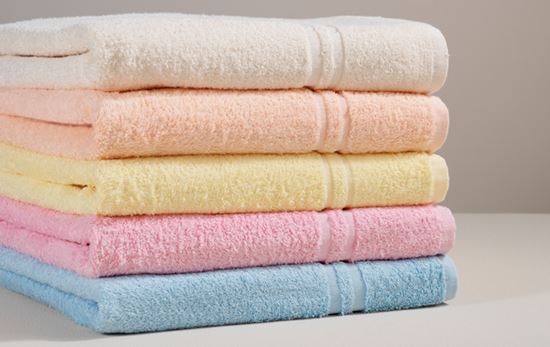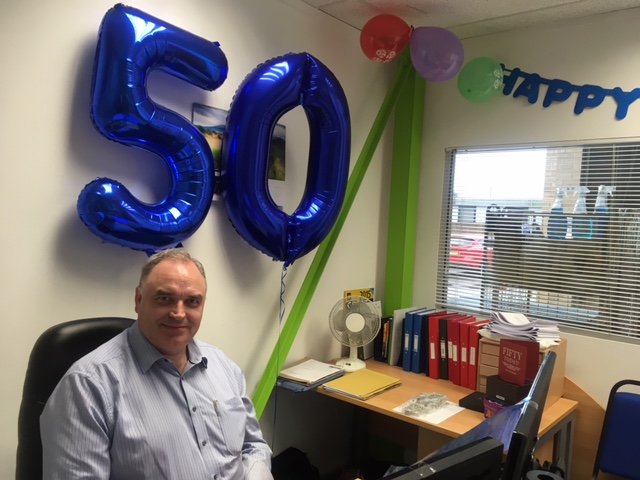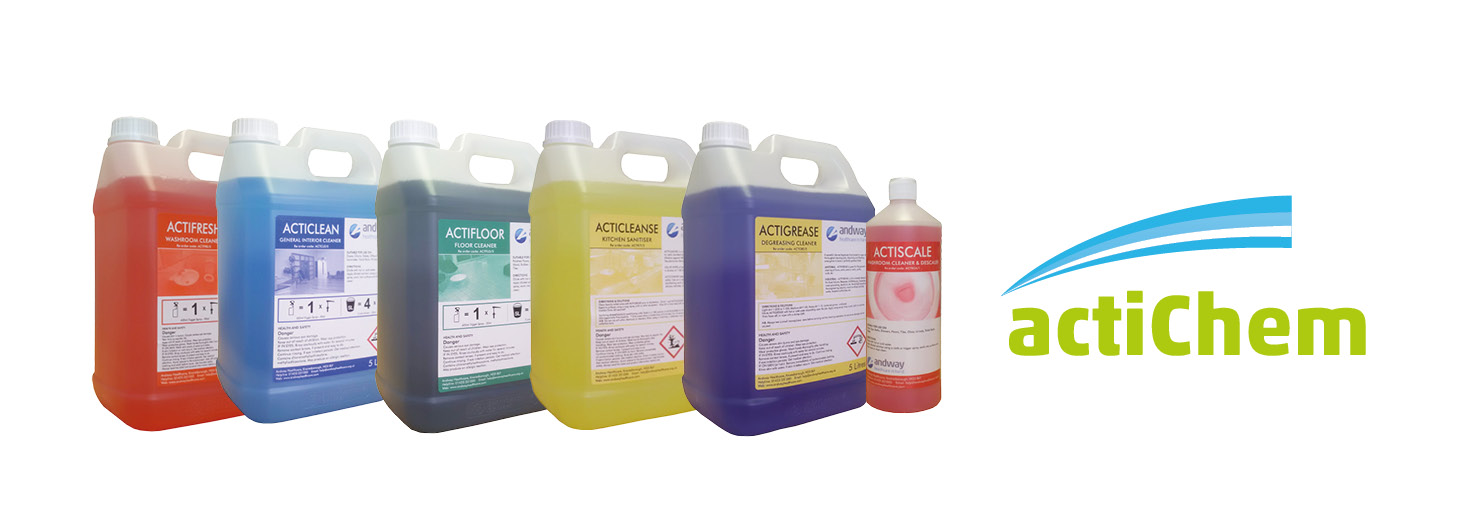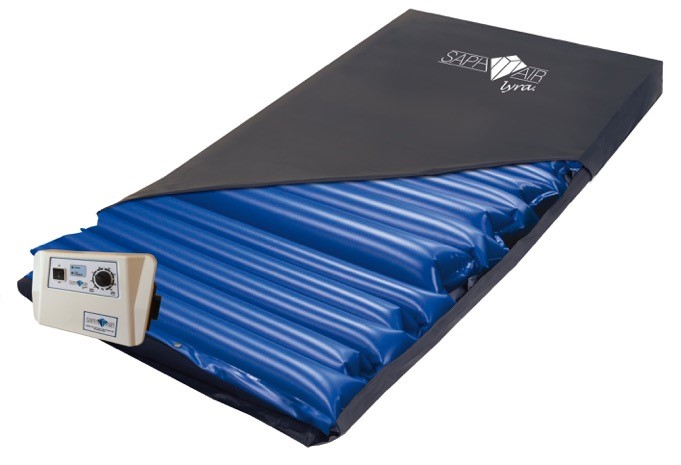Part and parcel of running a care home is tackling troublesome issues such as laundry demons; smells that linger and stains that seem to be invincible. The laundry room plays a vital role in infection control within the home and therefore it’s critical it is managed effectively. The Andway team are well versed in all aspects of laundry issues and are confident to wear the cap of ‘laundry experts’. Although laundry may be an everyday chore that keeps your home running, there is a science behind what works effectively. A lot of money is wasted annually on products that promise a lot but spectacularly under-deliver.
Common laundry issues…
There are a number of common issues we regularly come across and our team always has a solution on hand to rectify a range of tiresome problems. Whether you struggle with removing stains from bedding and clothing, or you find laundry never quite smells as fresh as it should, there is usually a simple ‘fix’. Speaking with other care home owners you will find the laundry room is often the area that causes a headache or two.
Whilst the Care Quality Commission (CQC) has no specific care guidelines as to how laundry is managed its inspections cover how generally clean and infection free a home is. A survey conducted by Electrolux professional identified that many homes could trace a front-line infection outbreak back to the laundry room!
Back to basics
We love an unresolved laundry issue to solve! If your sheets are continually stained no matter what temperature you wash at, or tarnished clothing is shamefully hidden under a cardigan – your home is not alone. Whilst there is no magic wand there are several steps you can take to ensure that common problems are avoided.
We strongly suggest that you start by undertaking a laundry assessment, we offer these to our clients as standard practice. It is the first point to investigate what is going wrong. Sometimes it can be as simple as a little staff training to ensure that the washing machine isn’t overloaded or a little more complex such as identifying that the wrong type of chemicals are being used for the stain or wash cycle. We take a very down to earth approach and can quickly identify the reasons behind your struggles.
Common issues:
· Overloading the machine
· Detergents used aren’t effective for heavy stainage
· Temperature
· Wrong wash Cycle
· Staff needing training
Top tips
Consider trialling a stronger chemical or look at a longer washing cycle. Heavily stained items, often need a good pre-wash or sluice cycle. This not only removes stains but also reduces the likelihood of infection spreading across the home. Putting a little less in each wash can work miracles, sometimes it’s people trying to save time by putting a little too much in the machine, stopping the water and chemicals circulating and the clothes rotating around the machine.
Using a stronger detergent can save you both time and money in the long term, removing the need to re-wash and use more detergent. Occasionally we find staff aren’t using the right amount of washing liquid or powder and need to slightly increase the dose.
Does the water temperature work effectively with the detergent? Washing liquid and powder work at an optimum temperature. You need to determine what is the perfect temperature for your clothing and bedding; you don’t want to boil wash delicate clothing, it will remove the stains but will inevitably damage the material.
Using a destainer can be effective even at 30 or 40 degrees which is an energy saver as well as being an effective stain removal tool. Our range of destainer’s are always popular in high volume laundry environments as they help remove heavy stainage.
Dosing Systems
Consider using a dosing system for the ultimate in laundry accuracy. Dosing systems not only deliver an accurate and measured amount of detergent every wash but also improve washing results and reduce wastage. A clever system that saves both time, money, and energy. As the right amount of chemicals are released in every wash, stains are effectively managed and home report savings on detergent and energy use over other manual methods.
Cheap products often mean high dosage which often means you may end up paying a lot more in the long run, buy cheap buy twice!
For more help with your laundry issues, contact one of the Andway Laundry Experts who would be delighted to come and conduct a free laundry evaluation at a time to suit you!

 Grace always goes above and beyond to support her customers at Andway, so when she announced she was diving 11,000 feet out of a plane for charity, we knew she’d give it everything she’s got! Grace, who is terrified of heights leapt into action for Alzheimer’s UK raising in excess of £900 with her partner, a fabulous achievement and tackling one of her fears in such a breath-taking way, is definitely something to be proud of.
Grace always goes above and beyond to support her customers at Andway, so when she announced she was diving 11,000 feet out of a plane for charity, we knew she’d give it everything she’s got! Grace, who is terrified of heights leapt into action for Alzheimer’s UK raising in excess of £900 with her partner, a fabulous achievement and tackling one of her fears in such a breath-taking way, is definitely something to be proud of.



